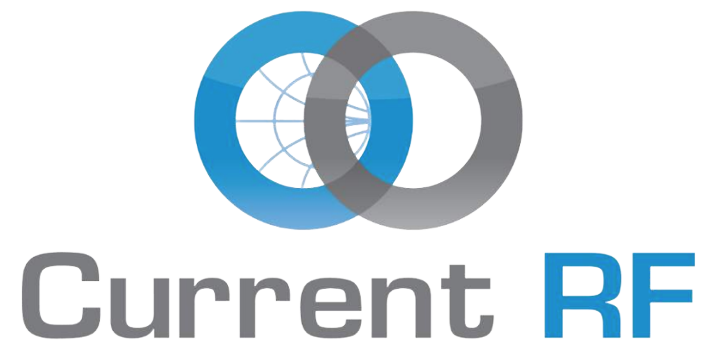
ELECTRIC VEHICLES
Harvest Energy
EV Systems are inherently noisy. Shielded cables are used for EV Power Cables, otherwise Electric Vehicles would be detected by RF receivers for miles away, creating FCC interference issues. This shieled, contained noise, generated by Electric Vehicle traction inverter action, require DC-Link Reservoir Capacitors to be utilized to shunt this high frequency noise away from the EV battery and traction inverter supply line. This action consumes battery current, decreasing EV Driving Range.
Electric vehicles Driving Range
Power Savings
Inserting the CC-100IP-MB, the CurrentRF PowerPad, and/or the CC-100 IC on the ground side of the EV DC-Link Capacitor, reduces the deep discharge of the DC-Link Capacitor, thus reducing the deep re-charge requirement of the DC-Link Capacitor, saving 10% of EV battery current, and extending total EV Driving Range by 10%

